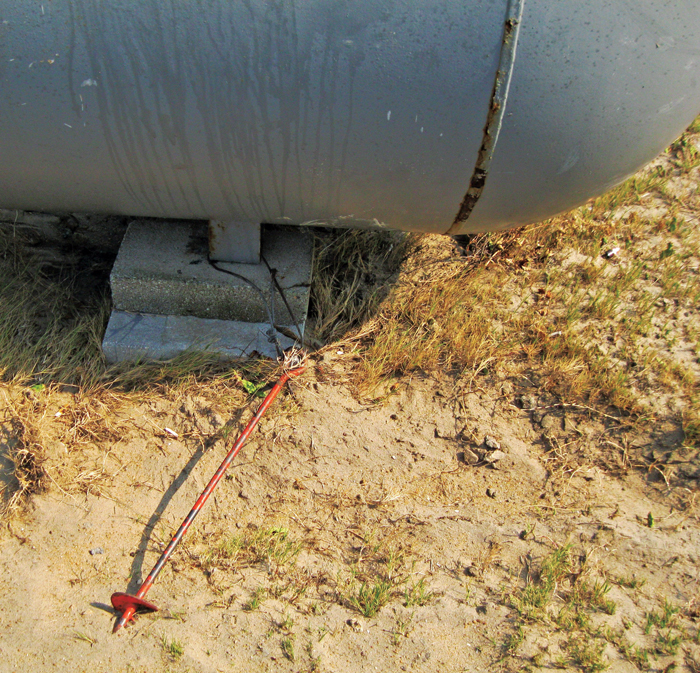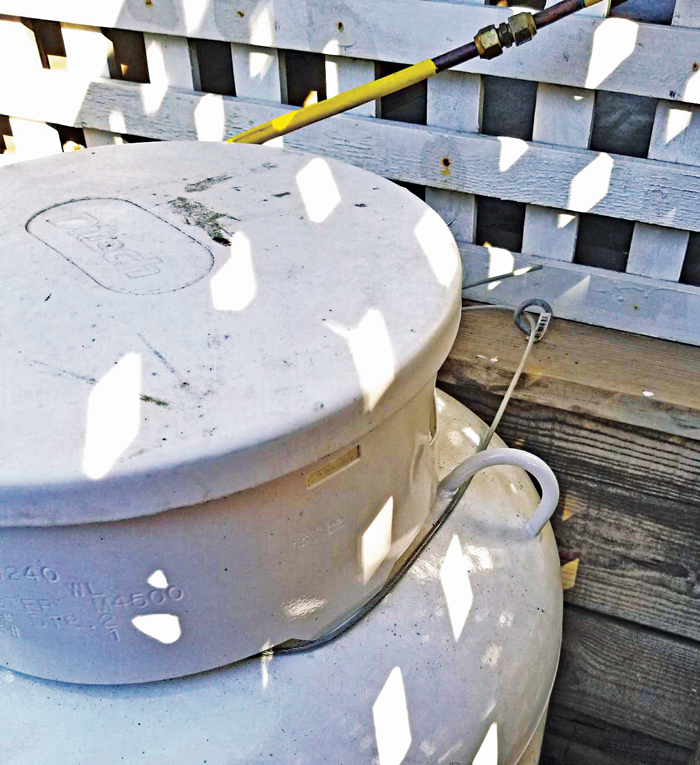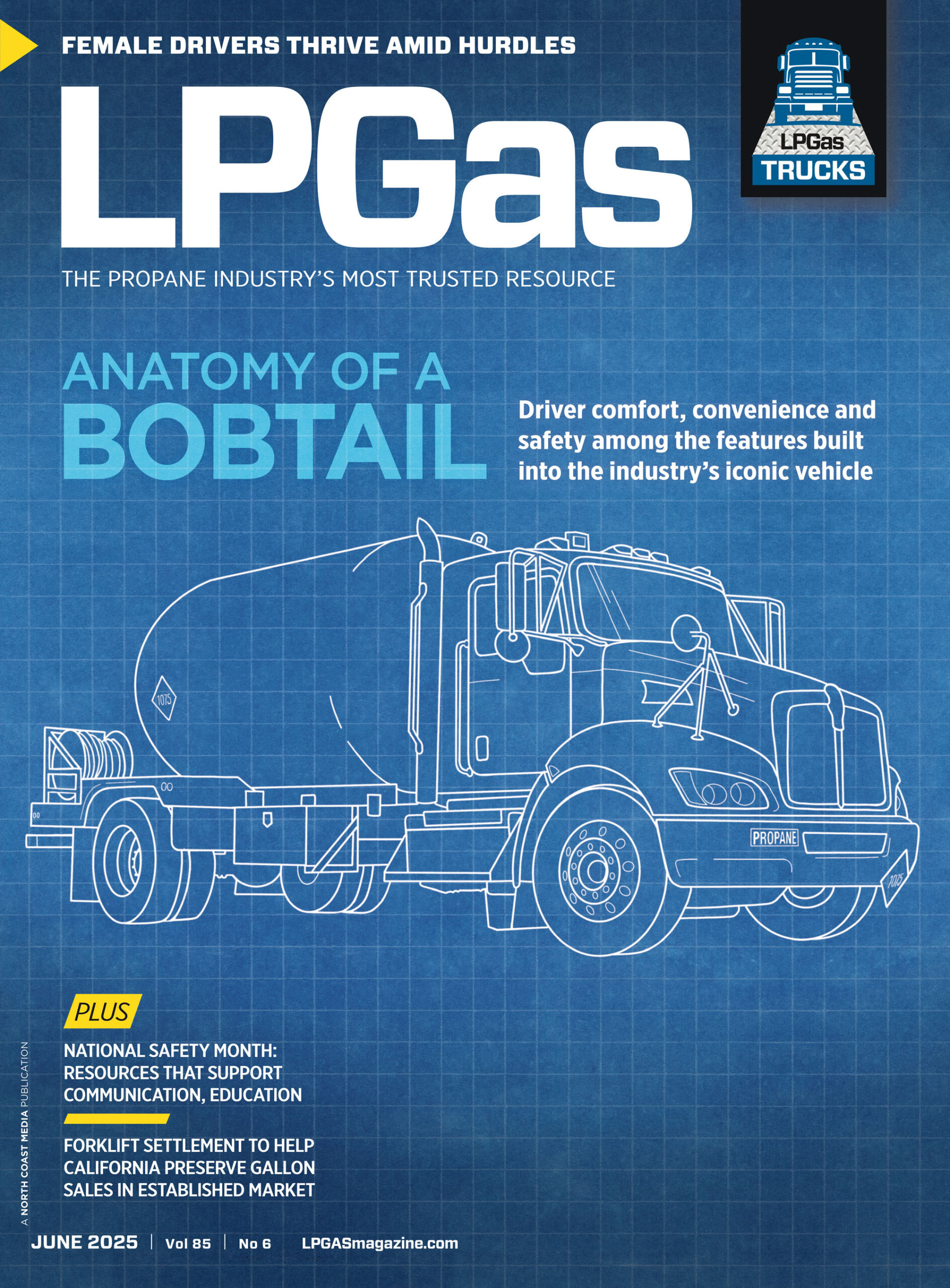Anchoring propane containers
Floods and hurricanes can tear propane containers away from their installations and relocate them to places where they become hazardous.
Our inspectors supply photos of containers strewn around yards after floods.
Many residences in coastal areas have propane containers for stoves, fire logs, water heaters and additional uses. After hurricanes, some of these containers are found farther inland or floating in the Intracoastal Waterway, a distinct hazard to navigation.
Flood maps
The NFPA 58 LP gas code requires the anchoring of containers where high flood waters or high water tables are possible (6.8.1.6).
It is generally agreed that containers must be anchored where the Federal Emergency Management Agency (FEMA) determines that a location is in the 100-year flood zone. You can find FEMA’s flood maps at msc.fema.gov/portal/home. Seek out these maps, and learn from them. Some jurisdictions enforce compliance with the maps.
A word to the wise about FEMA and National Flood Insurance Program requirements. These may require an installation to violate LP gas code requirements, specifically placing a tank higher off the ground than the code allows or encouraging use of flammable platforms. Work with your county officials to see what they allow. Sometimes the only solution is to bury the tank.
A proper anchor
The code does not specify how to anchor containers. There are too many variables and situations for the code to be specific. Variables include wind speed, wave action, water flow rate, soil type and container size. You must use anchors with some engineering basis in many jurisdictions.
The most popular anchor style is the mobile home auger. For these, soil type and container buoyancy must be considered. Select anchors from the manufacturer’s offered lengths and configurations (number and diameter of auger disks).
Another popular method is to pour a concrete pad to support the tank and use anchor bolts to secure the straps holding the tank tight to the pad. We saw this used on an underground 18,000-gallon bulk tank. The pad was sized to be heavier than the buoyancy of an empty tank, which can be many thousands of pounds. Don’t depend on the sand or soil on top of a buried tank to keep it in place. There are several reports of buried tanks coming up through sandy soil and floating away.
Anchors should keep tanks from turning bottoms up. If tanks do reorient, the connected piping will likely break, and liquid propane will discharge, creating a much higher likelihood of a flammable mixture getting ignited. Attach anchors to legs or footrings rather than to lifting lugs. Or you can use straps or collars to cinch it tightly to the ground or pad.
Example 1 shows a totally inadequate auger anchor. It and its three partners could not hold a 1,000-gallon dispenser tank in place. They are too short and too small a diameter.
Example 2 shows a 500-pound WC cylinder that will turn bottom up if flooded. Also, I wouldn’t depend on that small eyebolt to keep the cylinder in place.
Photos courtesy of North Carolina Dept. of Agriculture and Consumer Services
Richard Fredenburg is an LP gas engineer at the North Carolina Department of Agriculture and Consumer Services, Standards Division. He is also a member of NFPA’s Technical Committee on LP Gases. Contact him at richard.fredenburg@ncagr.gov or 984-236-4752.
NOTE: The opinions and viewpoints expressed herein are solely the author’s and should in no way be interpreted as those of LP Gas magazine or any of its staff members.


















